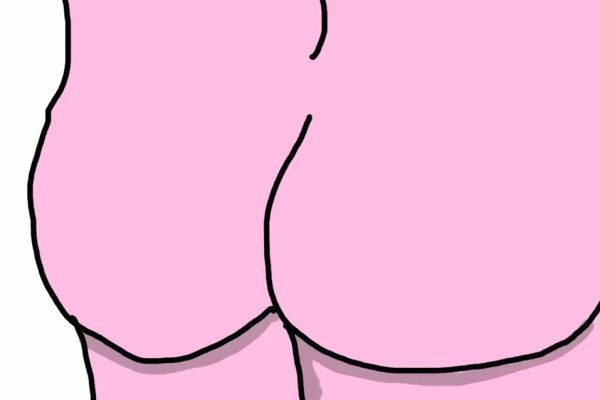Cents are defined in the following way: There are 100 cents in each half tone, and twelve half tones in an octave. Origin It's said that the shinobue has been played widely in Heian period (794 - 1185). traditional chinese flute. Practice good posture to breathe deeply from your stomach, which will help produce the best sound from your flute. Guide to 33 Types of Traditional Japanese Instruments Begin by drilling at the center using a small drill bit. Never Split the Difference: Negotiating As If Your Life Depended On It Chris Voss (4.5/5) Free. This is our original bamboo shinobue, Shinobue Furyu. 7. 5. Dizi - Dizi is the traditional Chinese flute. japanese transverse flute that has a high pitched sound. Gemeinhardt Flute 3b. Top 10 Chinese Musical Instruments - ChinaWhisper The very last hole is one note lower than the scale in which the flute plays, so yes, all fingers down on a D flute plays C and Bb on a C flute. Currently, Weixuan is on the lookout for a Low C key Dizi - however, this usually has to be made upon request. Summing Up Are the fingerings of the dizi, the same as Western flutes? It can produce particularly loud and high-pitched sound and is widely used in Chinese traditional music ensembles especially in northern China. Choosing between Japanese, Chinese or Western? : Flute - reddit Discover the 11 Different Types of Flutes Around the World shinobue. JAPAN, KOREA, CHINA - MUSICAL INSTRUMENTS Flashcards - Quizlet Guide to 33 Types of Traditional Japanese Instruments Answer (1 of 3): The Quena and Bansuri are very different instruments. Whereas most simple flutes have only a blowing hole (known as chui kong ( 吹孔) in Chinese) and finger-holes, the dizi has a very different additional hole, called a mo kong ( 膜孔 ), between the embouchure and finger-holes.
Contrôle Svt 5ème Les Muscles,
Opel Meriva Kontrollleuchten Erklärung,
Bitwarden Admin Access,
Schmitz Ersatzteile Katalog,
Annoying Create And Craft Presenters,
Articles S










